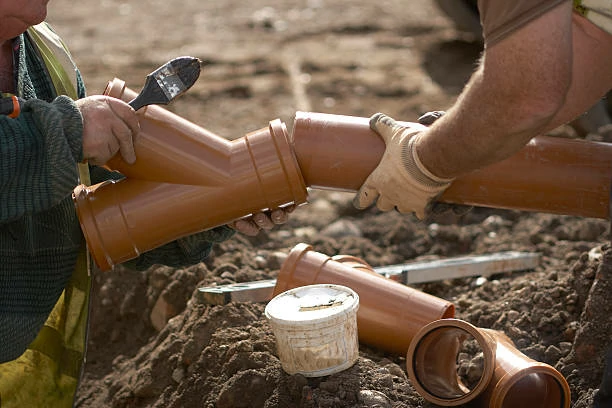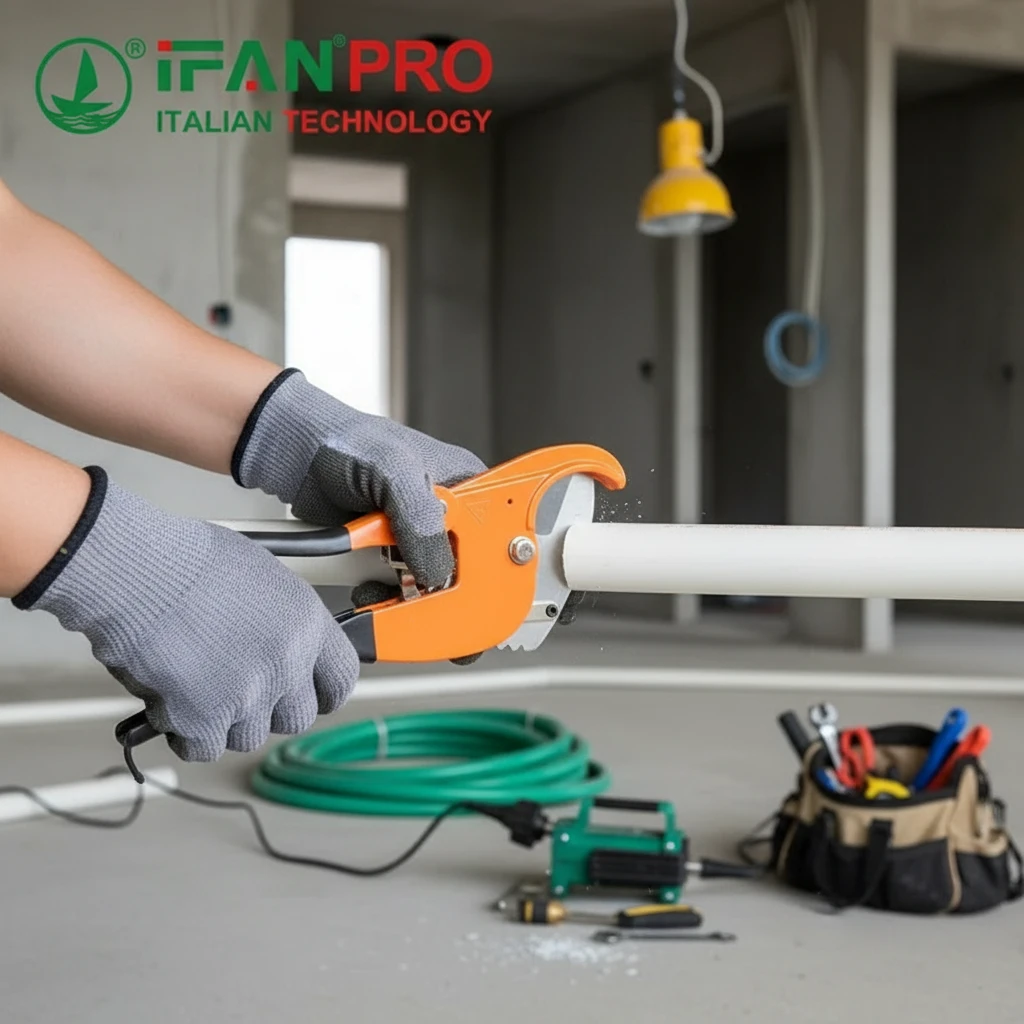Comprehensive Analysis of PVC Pipe Pressure Resistance and Temperature Performance
PVC (Polyvinyl Chloride)water pipe stand out in the realm of fluid transportation systems due to their exceptional pressure resistance and temperature performance. These qualities make them a cornerstone in various industrial and residential applications globally.
Understanding Pressure Resistance of PVC Pipes
PVC pipes are engineered to withstand significant internal pressures, a critical requirement for reliable fluid conveyance systems. The pressure resistance of PVC pipes is influenced by several key factors, including the pipe’s diameter, wall thickness, and the quality of PVC resin used in manufacturing.
Factors Influencing Pressure Resistance
The diameter and wall thickness of PVC pipes play a crucial role in determining their pressure rating. Thicker walls and smaller diameters generally lead to higher pressure resistance capabilities. Manufacturers adhere to stringent standards and conduct rigorous testing to ensure PVC pipes meet specific pressure class requirements.
Testing and Standards
To ensure reliability and safety, PVC pipes undergo rigorous testing according to established standards such as ASTM D1785 (for pressure-rated PVC compounds) and ISO 4422 (for dimensions and performance requirements). These tests evaluate the pipes’ performance under various pressure conditions, ensuring they meet industry standards and regulatory requirements.
Temperature Performance of PVC Pipes
PVC pipes exhibit excellent temperature stability, allowing them to perform effectively in both hot and cold water applications. The operational temperature range for PVC pipes typically spans from 0°C to 60°C (32°F to 140°F), depending on the specific formulation and application requirements.
Impact of Temperature on PVC Pipes
Extreme temperatures can affect the mechanical properties of PVC pipes. High temperatures may soften the material slightly, affecting its tensile strength and impact resistance. Conversely, very low temperatures can increase the material’s brittleness, potentially impacting its durability in harsh environmental conditions.
Thermal Expansion and Contraction
PVC pipes demonstrate minimal thermal expansion and contraction compared to metal pipes, which enhances their stability and durability. This characteristic reduces the risk of damage or deformation due to temperature fluctuations, ensuring long-term performance in diverse climates.
Applications and Versatility
Due to their robust pressure resistance and temperature performance, PVC pipes are widely used in various sectors, including water supply systems, irrigation networks, drainage systems, and sewage disposal. Their versatility and durability make them a preferred choice in construction and infrastructure projects worldwide.
Environmental Considerations
PVC pipes contribute to environmental sustainability due to their lightweight nature, which reduces transportation costs and energy consumption during installation. PVC is also recyclable, further supporting sustainability efforts in infrastructure development and management.
Conclusion
In conclusion, PVC pipes are valued for their outstanding pressure resistance and temperature performance, essential for efficient and reliable fluid transportation systems. Understanding these characteristics is crucial for selecting the appropriate PVC pipes for specific applications, ensuring durability, reliability, and sustainability in infrastructure projects globally.
Connecter
IFAN est un fabricant chinois de tuyaux, de raccords et de vannes en plastique, fort de 30 ans d'expérience. Si vous êtes intéressé par IFAN Raccords en cuivre, vannes en cuivre, tuyaux et raccords en plastique, veuillez nous contacter. IFAN offers you a variety of standard pipes to meet your specific needs. Click below to learn more about IFAN’s wide range of affordable and cost-effective valve products and piping system related products.
We will reply your email or fax within 24 hours.
You can call us at any time if there is any question on our production.
For more information,pls visit our webside https://ifanpro.com/
Veuillez envoyer un courrier à l'adresse suivante [email protected]
Whatsapp : + 86 19857948982














Commentaires récents